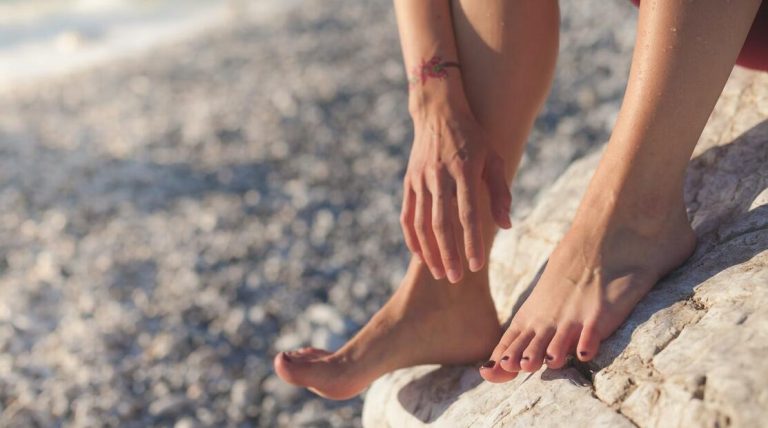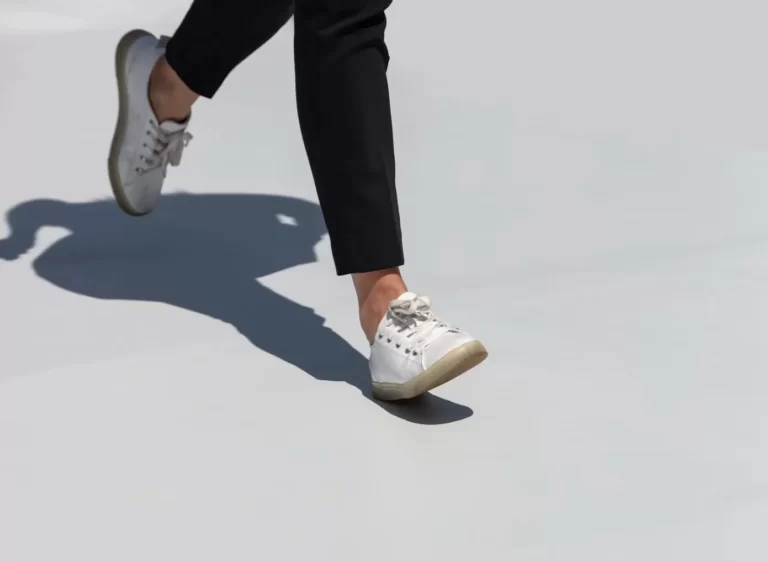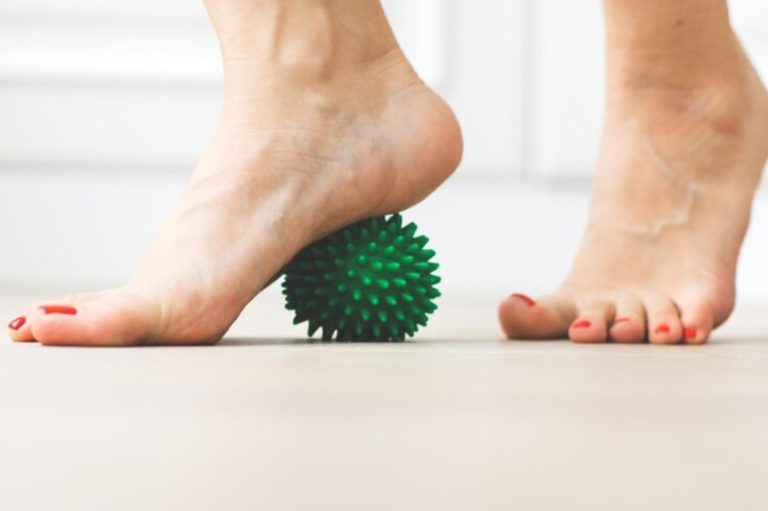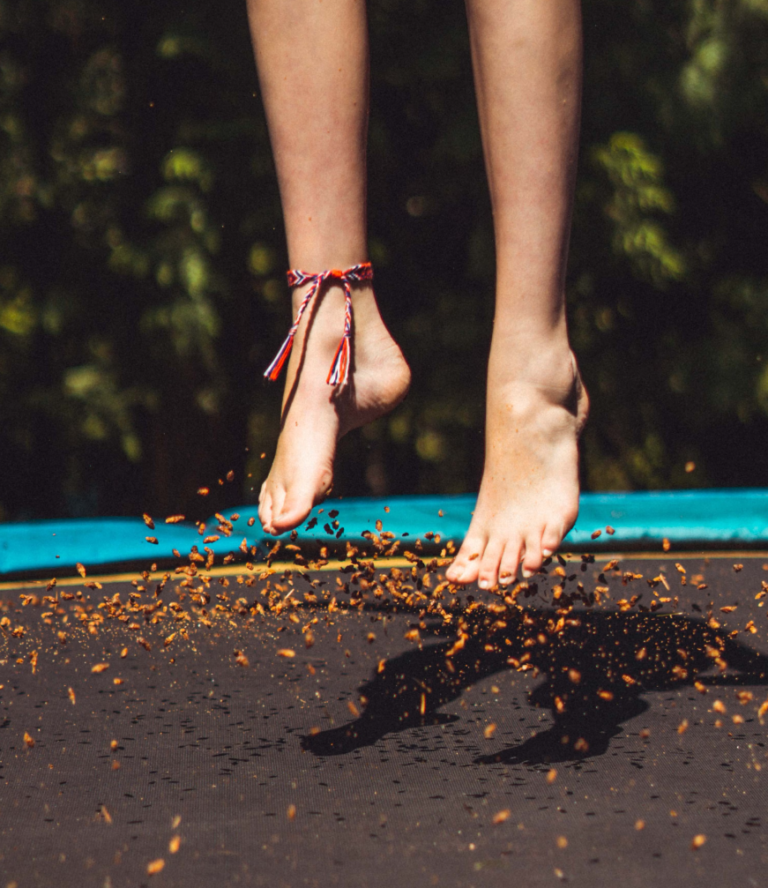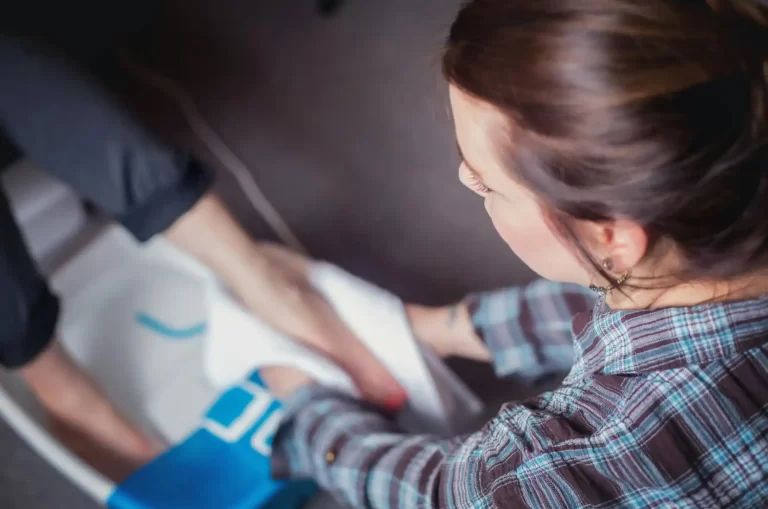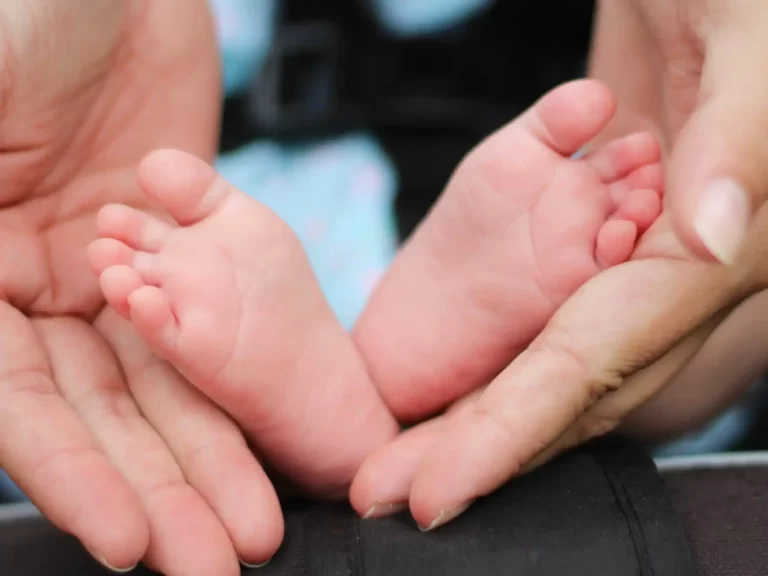Understanding Knee Pain After Leg Day: Causes, Prevention, and Recovery
Knee pain is a common complaint among individuals who engage in intense leg day workouts. It can range from mild discomfort to severe limitations in mobility. Understanding the causes, prevention methods, and recovery strategies for knee pain after leg day is crucial for those seeking a pain-free fitness journey. In this article, we will explore various aspects of knee pain after leg day and provide expert advice to help you manage and alleviate post-leg day knee discomfort.
When it comes to leg day workouts, many individuals experience knee pain afterward. This can be frustrating and discouraging, particularly if it interferes with daily activities or limits future workouts. To address this issue effectively, it is important to understand the causes behind knee pain after leg day and find appropriate solutions to prevent and recover from it.
Common Causes of Knee Pain After Leg Day
Overuse injuries: One of the most common causes of knee pain after leg day is overuse injuries. These occur when the knee joint is subjected to repetitive stress and strain, which can lead to conditions such as tendinitis or patellofemoral pain syndrome. According to the American Academy of Orthopaedic Surgeons, overuse injuries can occur when the intensity or duration of exercise exceeds the body’s ability to recover.
Muscle imbalance: Imbalances between the muscles around the knee can also contribute to knee pain. Weak quadriceps or tight hamstrings can put additional stress on the knee joint during leg exercises. A comprehensive strength and conditioning program that targets both the quadriceps and hamstrings is crucial for preventing muscle imbalances.

Incorrect form or technique: Poor form or improper technique while performing leg exercises can increase the risk of knee pain. It is essential to maintain proper alignment and posture throughout the workout. Seeking guidance from a fitness professional or personal trainer can help ensure the correct form is used.
Insufficient warm-up or cooldown: Neglecting to warm up adequately before a leg workout or skipping the essential cooldown phase afterward can contribute to knee pain and stiffness. Warm-up exercises help increase blood flow to the muscles and prepare them for the demands of the workout, while a proper cooldown allows for muscle recovery and relaxation.
Underlying conditions: Pre-existing conditions, such as arthritis or ligament damage, can make individuals more susceptible to knee pain after leg day. These conditions may require additional attention and modification of exercise routines to prevent further damage.
Preventive Measures for Knees Hurt after Leg Day
Prevention is better than cure, and the same applies to knee hurt after leg day workouts. There are several preventive measures that can help minimize the risk of experiencing knee pain. Incorporating warm-up exercises and proper stretching routines before starting any leg day workouts can help prepare the knee joints and muscles for the upcoming strain. This can significantly reduce the chances of inflammation and discomfort.
Proper warm-up and cooldown routines: Spending a few minutes before your leg workout to warm up the muscles and increase blood flow is essential. Incorporate dynamic stretching exercises and light cardiovascular exercise to prepare your body for the workout. Additionally, allowing time for a cooldown phase, including static stretching exercises, after your leg workout can aid in recovery and reduce muscle soreness.

Balancing leg muscle groups: Strengthening both the quadriceps and hamstrings is crucial for maintaining a proper balance of muscle strength around the knee joint. Incorporate exercises that target both muscle groups evenly to prevent muscle imbalances.
Using correct form and technique: Maintaining proper form and technique during leg exercises is vital for preventing knee pain. Ensure proper alignment and posture, and focus on engaging the correct muscle groups. Seeking guidance from a fitness professional or personal trainer can help ensure proper technique.
Gradual progression in intensity and volume: Avoid sudden increases in workout intensity or volume, as this can put undue stress on the knee joint and increase the risk of injury. Gradually progress over time, allowing your muscles and joints to adapt to the demands of your leg workouts.
Listening to your body: Pay attention to any pain or discomfort during leg exercises. If you experience prolonged or severe knee pain, it is crucial to take a break and seek medical advice if needed. Pushing through pain can lead to further injury and setback in your fitness journey.
Recovery and Relief Strategies for Knee Pain After Leg Day
If you already experience knee hurt after leg day workouts, there are several recovery and relief strategies that can help alleviate the discomfort. Managing inflammation is a key aspect of recovery, and using ice, compression, and elevation (ICE) can aid in reducing pain and swelling. Applying ice packs to the affected area, using compression sleeves or wraps, and elevating the leg can provide relief and promote healing.
In addition to ICE therapy, targeted exercises and stretches can help strengthen the knee and provide relief from pain. Working on the flexibility and strength of the quadriceps, hamstrings, and glutes can provide better support to the knee joint, reducing the strain experienced during leg workouts. It is important to note that rehabilitation exercises should be performed gradually and with caution. Seeking professional guidance, especially if you have a history of knee issues, can ensure a safe and effective recovery process.
Lifestyle Adjustments for Long-Term Knee Health
Maintaining long-term knee health goes beyond just recovery and relief strategies. Certain lifestyle adjustments can significantly contribute to reducing knee pain after leg day and promoting overall joint health. One of the most important factors is maintaining a healthy weight. Excess weight places additional stress on the knees, making them more susceptible to pain and injuries. By following a balanced diet and regular exercise routine, you can achieve a healthier weight and reduce the burden on your knees.
Proper footwear also plays a vital role in mitigating knee pain. Investing in shoes that provide adequate support and cushioning for the feet and joints can help distribute the impact of leg day exercises more evenly. If required, using supportive insoles can further enhance the protection and stability of the knees, preventing unnecessary strain and discomfort.
Lastly, allowing for regular rest days and listening to the body’s signals are essential for preventing overuse injuries and promoting recovery. Pushing through pain or ignoring warning signs can lead to further complications. By incorporating rest days and paying attention to how your body feels, you can ensure a sustainable and pain-free leg day routine.
Understanding the Importance of Rest and Recovery

Rest and recovery play a crucial role in preventing and managing knee pain after leg day. Adequate rest allows for the repair and growth of muscles, while recovery processes help the body restore energy levels and reduce inflammation. Failing to prioritize rest and recovery can lead to chronic knee pain and potentially more severe injuries.
Orthopedic Insoles: How They Can Help
Orthopedic insoles, also known as orthotics, are specially designed inserts that can be placed inside shoes to provide additional cushioning, support, and alignment for the feet and legs. They are specifically created to address biomechanical issues and can help alleviate knee pain by improving foot alignment and reducing the stress placed on the knees.
Improved Foot Alignment: Orthopedic insoles are designed to correct abnormalities and imbalances in foot mechanics, such as overpronation or supination. When the feet are properly aligned, it can help improve the alignment of the knees and reduce the strain on the joint during leg exercises.
Enhanced Shock Absorption: Orthopedic insoles are made from materials that offer superior shock absorption properties, reducing the impact felt by the knees and other joints. The cushioning effect of the insoles can help minimize the stress on the knee joint, promoting a more comfortable workout experience.
Reduced Pressure Points: Certain orthopedic insoles are specifically designed with pressure relief zones to target areas of the foot that may be exerting excessive pressure on the knees. By redistributing the weight evenly across the foot, these insoles help alleviate discomfort and prevent further strain on the knees.
Increased Stability and Support: Orthopedic insoles offer additional stability and arch support, helping to maintain proper foot and leg alignment during exercise. This added support can help prevent excessive inward or outward rolling of the foot, reducing stress placed on the knees.
Additional Resources and Expert Advice
To further enhance your understanding of knee pain after leg day, we have compiled a list of additional resources and expert advice. These sources can provide valuable insights, tips, and personal experiences related to knee pain and its management. Feel free to explore the links below and seek professional guidance from healthcare professionals specializing in knee and leg injuries:
Sources:
Journal of Orthopaedic & Sports Physical Therapy
American Academy of Orthopaedic Surgeons
Conclusion
Experiencing knee pain after leg day can be frustrating, but with the right strategies and resources, it is possible to find relief. Orthopedic insoles offer support, cushioning, and alignment correction that can alleviate knee pain and promote a more comfortable workout experience. However, it is important to combine their use with other preventive measures and, if necessary, seek professional guidance to ensure proper diagnosis and treatment. Remember, taking care of your knees is essential for maintaining an active and healthy lifestyle.
FAQs (Frequently Asked Questions)
- Can knee pain after leg day be a sign of a serious injury?
No, knee pain after leg day is often caused by overuse or strain. However, if the pain is severe, lasts for an extended period, or is accompanied by swelling or instability, it is advisable to consult a healthcare professional. - Can knee pain be prevented completely?
While it is impossible to guarantee complete prevention of knee pain, following proper warm-up routines, using correct form, and giving your body enough rest can greatly reduce the risk of knee pain after leg day. - Are there any alternative exercises for leg day that are gentler on the knees?
Yes, there are alternative exercises that can be incorporated into a leg day routine to reduce strain on the knees. Low-impact exercises such as swimming, cycling, or using the elliptical machine can be effective substitutes. - How long does it take to recover from knee pain after leg day?
Recovery time can vary depending on the severity and cause of the knee pain. Generally, with proper rest, icing, and targeted exercises, most individuals can experience relief within a week or two. - Can knee pain after leg day be a sign of arthritis?
While knee pain can be a symptom of arthritis, it is not always the case. If you are experiencing chronic knee pain and suspect arthritis, it is recommended to consult a healthcare professional for an accurate diagnosis.


